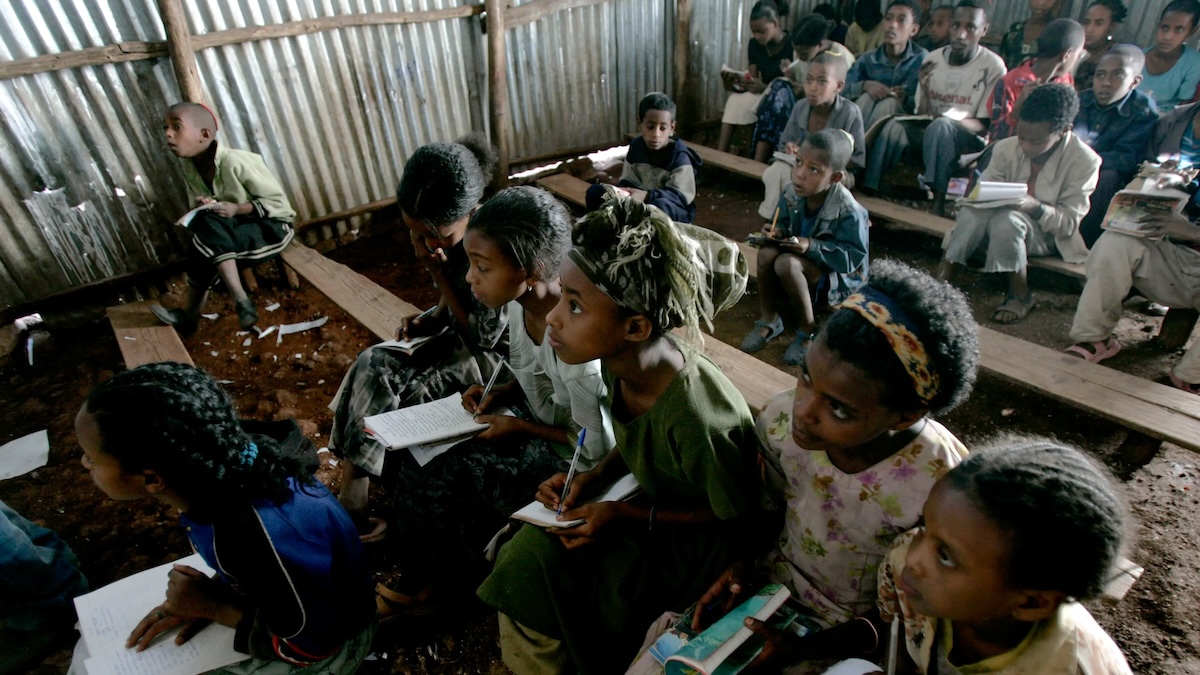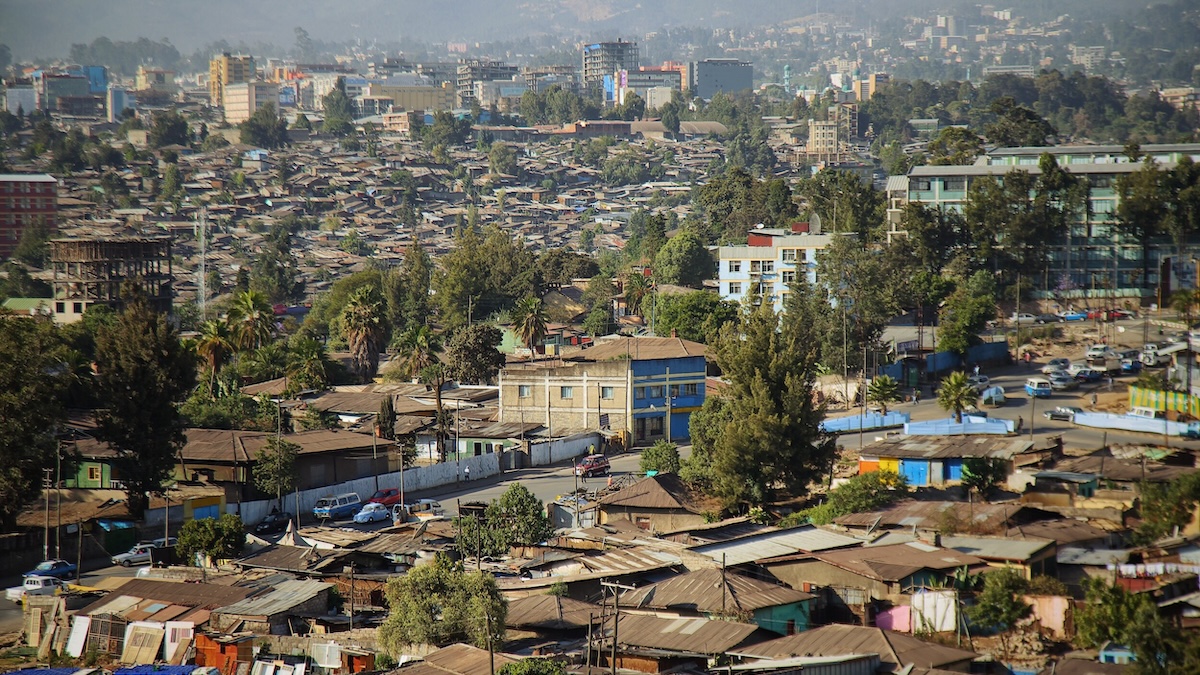Ethiopia Becomes 10th Most Populous Nation
Ethiopia has become the world’s 10th most populous nation. With an estimated population of 133 million, it is now the second-most populous country in Africa after Nigeria and accounts for 1.62% of the world’s total population, according to figures provided by Worldometer.
Ethiopia’s rapid population growth, urbanisation, and predominantly young demographic, are presenting both opportunities and concerns for the nation’s future.
Ethiopia has experienced accelerated population growth over the last decade, driven by high fertility rates and improvements in healthcare. Throughout 2024 to date, the population growth rate has been recorded at 2.53%, meaning almost 3 million more people each year. This sustained growth has significant implications for infrastructure, employment, education, and healthcare services, all of which must expand to meet a rising demand.
Approximately 22.1% of Ethiopia’s population lives in urban areas, reflecting the country’s predominantly rural society. And whilst agriculture continues to be the lifeblood of rural Ethiopia, rapid urbanisation is noticeably transforming socio-economic dynamics. Cities like Addis Ababa, the nation’s capital, are growing rapidly due to internal migration and natural population growth, placing increasing pressure on urban planning, housing, infrastructure, and social services such as healthcare.
Ethiopia’s population is young by any comparison, with a median age of 18.9 years. Whilst this ‘youth bulge’ offers a potential for economic growth, Ethiopia must first meet the challenges of better education, job creation, and skills development. Without such investments, the country risks higher unemployment and potential social unrest among its youth.

Although fertility rates in Ethiopia have gradually declined over recent decades, they still remain high at 3.91 children per woman in 2024, one of the highest rates globally. Continued efforts to promote family planning, especially in rural regions, are crucial if the country is to further reduce fertility rates and manage its population growth.
At the same time, life expectancy in Ethiopia has improved, with men now expected to live around 67 years and women 71 years. These gains are largely attributed to advancements in healthcare, vaccination uptake, and disease prevention programs. However, challenges such as limited access to clean water, sanitation, and maternal and child health issues, still persist. And while healthcare access has improved, particularly in urban areas, rural communities continue to face malnutrition and preventable diseases.
Ethiopia’s population dynamics are pivotal to its future. With rapid population growth and an increasingly younger population, the country faces both immense opportunities and significant challenges. Investments in education, healthcare, job creation, and infrastructure are essential in order for Ethiopia to capitalise on its demographic potential. Successfully managing the pressures of urbanisation, rural development, and healthcare provision will be key to ensuring Ethiopia’s stability in the coming years.
At the time of writing, the population of Ethiopia sits at approximately 133.112 million, a 98 per cent increase since 2000. The fertility rate (average number of births per mother) is currently at 3.91.

Submitted by Friends of Retha




Add Comment